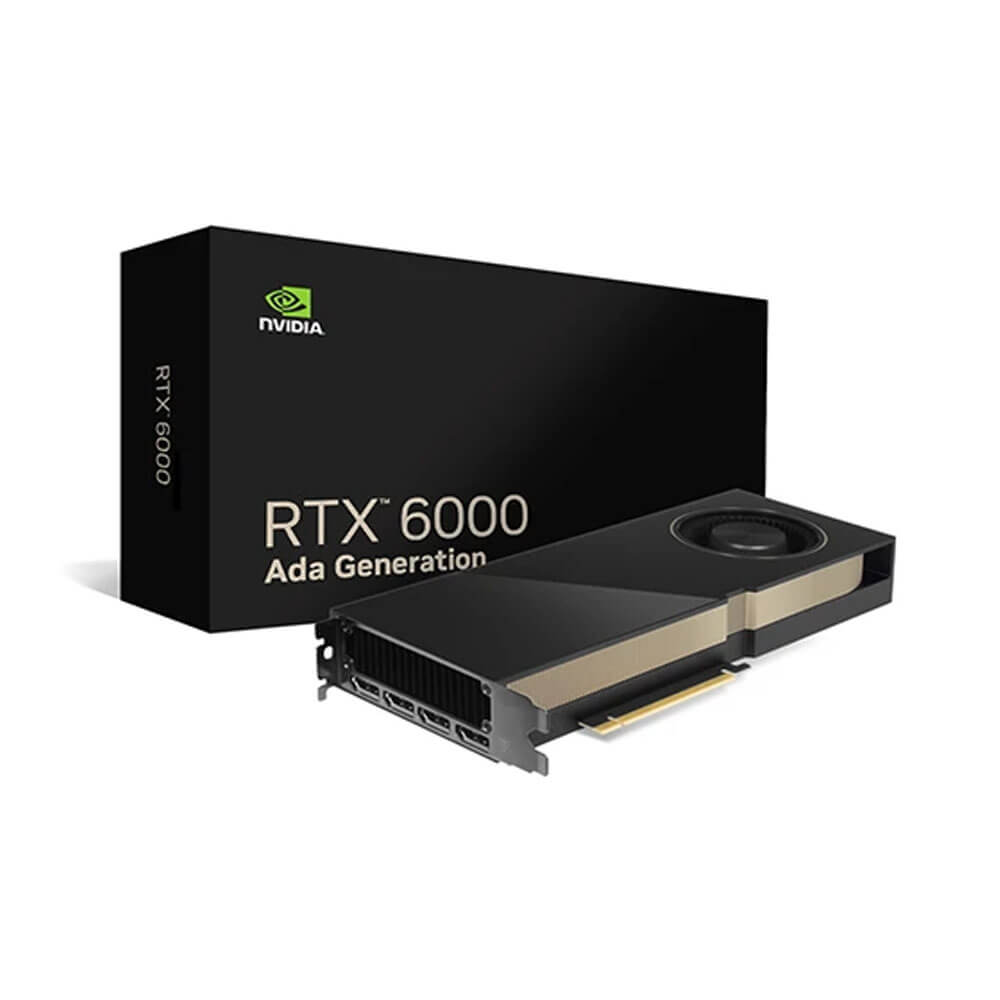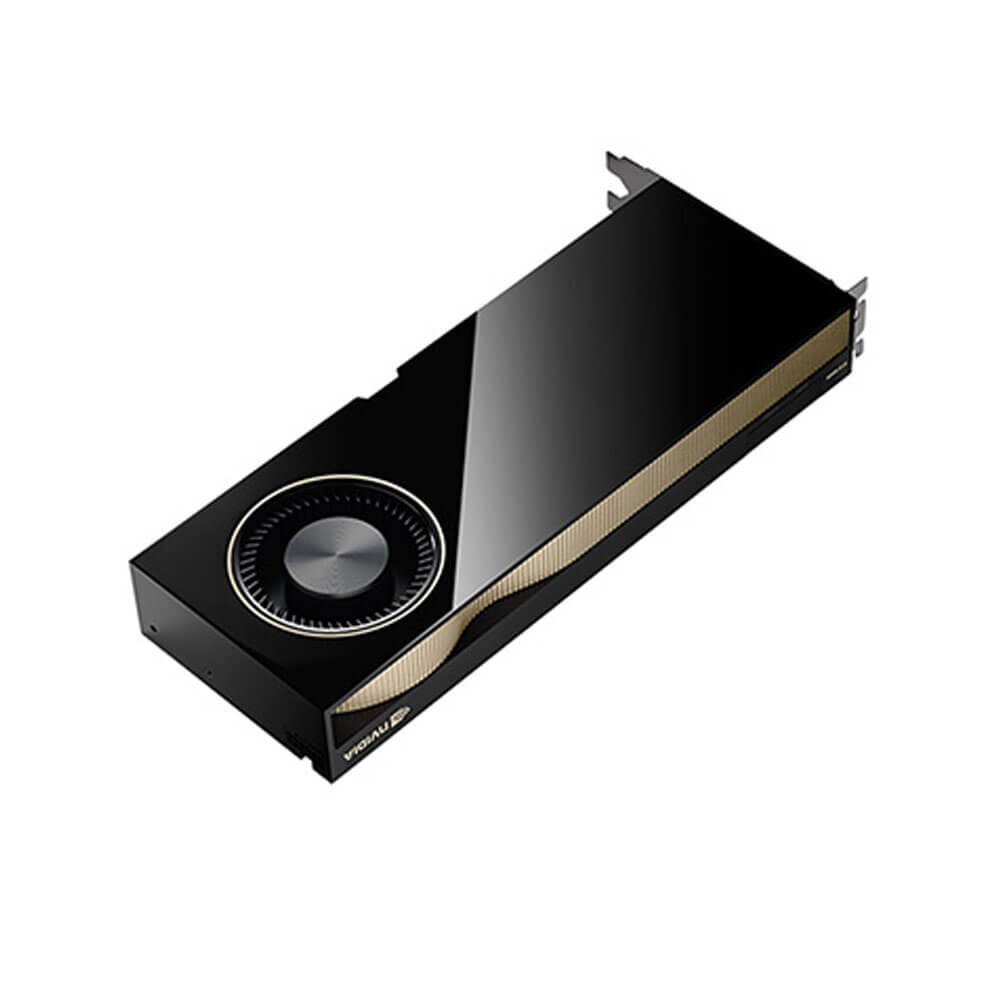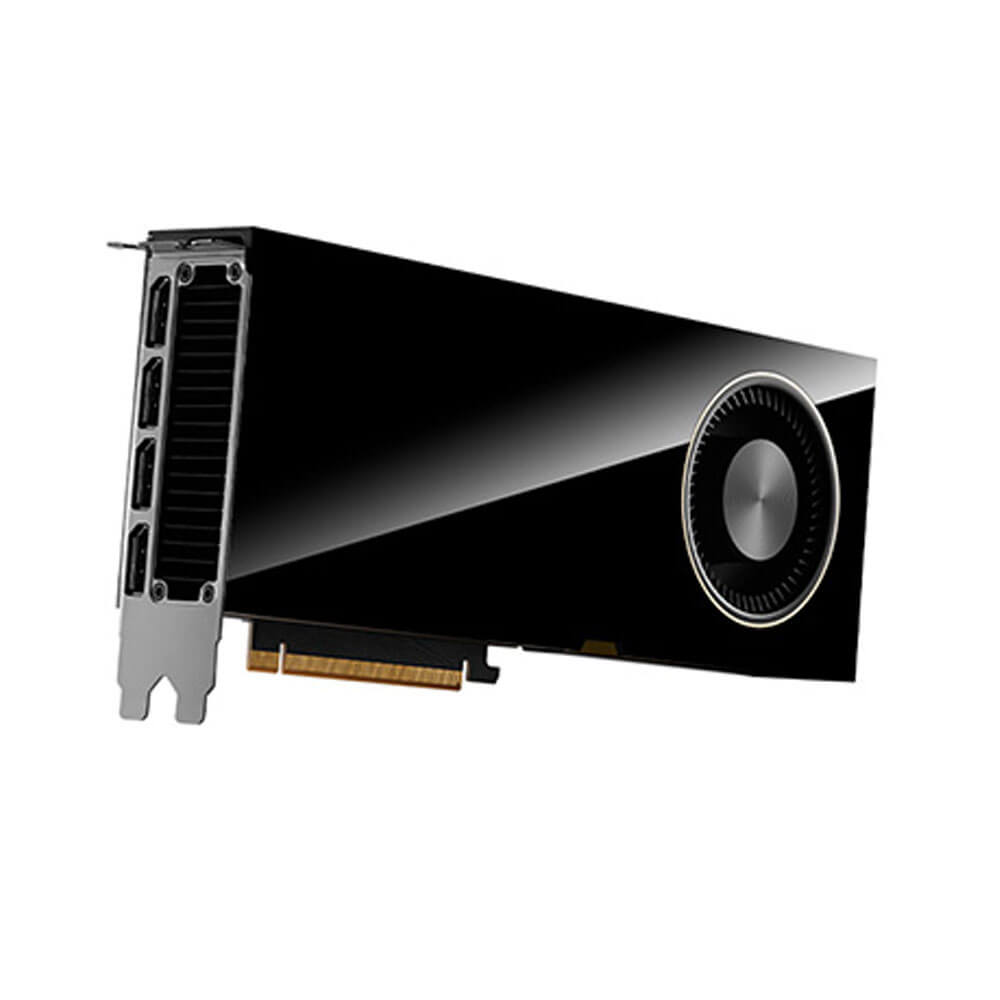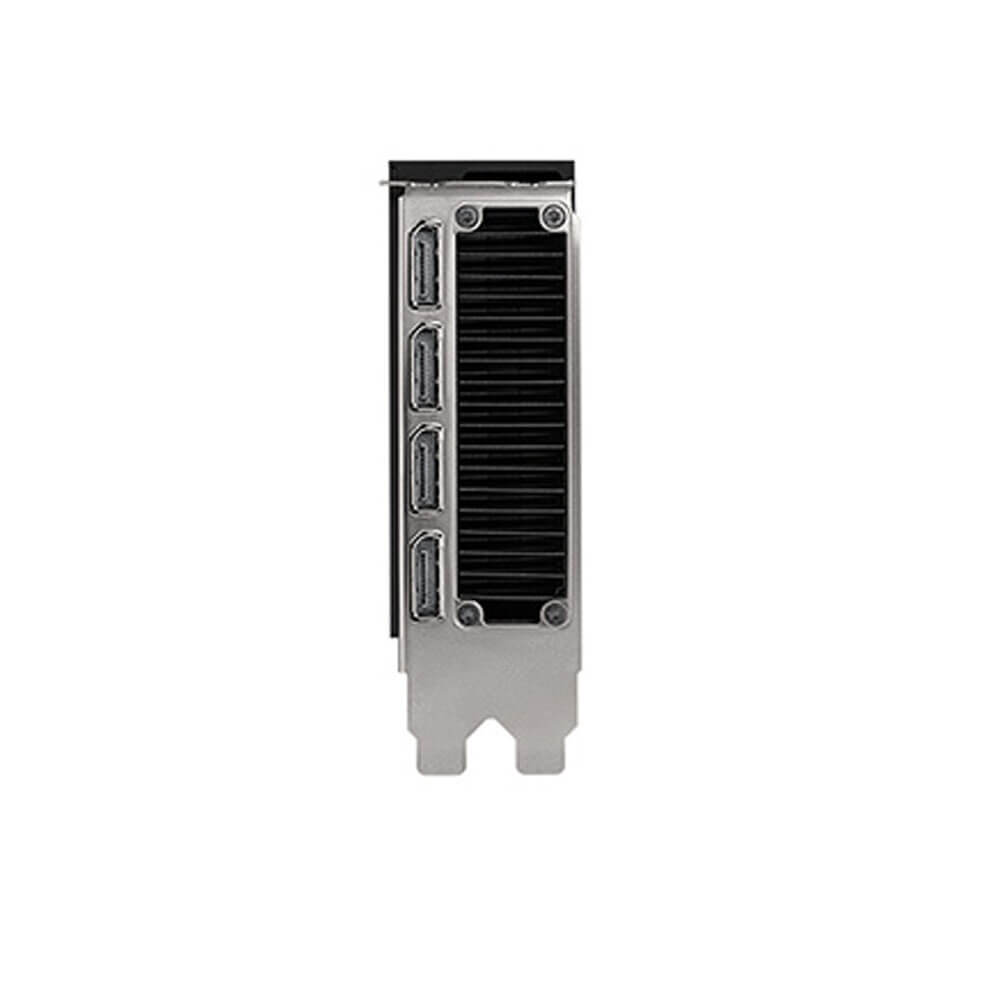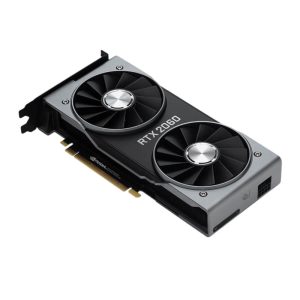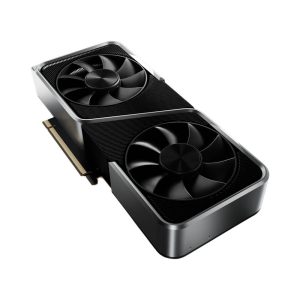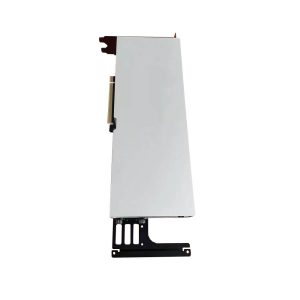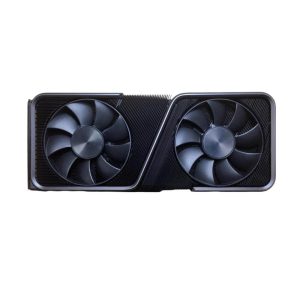NVIDIA RTX 6000 Ada Graphics Card 48GB GDDR6
The NVIDIA RTX 6000 Ada Graphics Card with 48GB GDDR6 memory is a powerhouse for AI, rendering, and professional visualization. Built on the Ada Lovelace architecture, it features advanced RT and Tensor Cores for unparalleled real-time ray tracing and AI acceleration. Ideal for cutting-edge workflows, the RTX 6000 delivers exceptional performance, scalability, and efficiency for complex creative and technical tasks.
Min. Quantity – 5 Nos
Note: Below are the approximate and promotional prices. For the latest pricing and further details, please WhatsApp or call us at +91-8903657999.
₹659,999 ₹900,000
The RTX 6000 Ada Generation is an enthusiast-class professional graphics card by NVIDIA, launched on December 3rd, 2022. Built on the 5 nm process, and based on the AD102 graphics processor, in its AD102 variant, the card supports DirectX 12 Ultimate. The AD102 graphics processor is a large chip with a die area of 609 mm² and 76,300 million transistors. Unlike the fully unlocked TITAN Ada, which uses the same GPU but has all 18432 shaders enabled, NVIDIA has disabled some shading units on the RTX 6000 Ada Generation to reach the product’s target shader count. It features 18176 shading units, 568 texture mapping units, and 192 ROPs. Also included are 568 tensor cores which help improve the speed of machine learning applications. The card also has 142 raytracing acceleration cores. NVIDIA has paired 48 GB GDDR6 memory with the RTX 6000 Ada Generation, which are connected using a 384-bit memory interface. The GPU is operating at a frequency of 915 MHz, which can be boosted up to 2505 MHz, memory is running at 2500 MHz (20 Gbps effective).
Being a dual-slot card, the NVIDIA RTX 6000 Ada Generation draws power from 1x 16-pin power connector, with power draw rated at 300 W maximum. Display outputs include: 4x DisplayPort 1.4a. RTX 6000 Ada Generation is connected to the rest of the system using a PCI-Express 4.0 x16 interface. The card measures 267 mm in length, 112 mm in width, and features a dual-slot cooling solution. Its price at launch was 6799 US Dollars.
Key Features:
- Ada Lovelace Architecture
- Next-Generation CUDA Cores
-
- The RTX 6000 Ada features an increased number of CUDA Cores and improved core design for massively parallel processing. This significantly accelerates rendering, complex computations, and GPU-accelerated software (e.g., AI frameworks, HPC libraries).
- Fourth-Generation Tensor Cores
-
- Enables faster AI training and inference with support for FP16, BF16, INT8, FP8 (varies by architecture), significantly reducing time-to-solution for deep learning tasks while maintaining or improving model accuracy.
- Third/Fourth-Generation RT Cores
-
- Enhances real-time ray tracing performance up to 2–3× (compared to previous generations), delivering highly detailed lighting, reflections, and refractions for real-time design, VR, and advanced rendering use cases.
- 48GB ECC GDDR6 Memory
- High-Capacity VRAM
- With 48GB of GDDR6 memory (with ECC), the RTX 6000 Ada can process extremely large 3D scenes, voluminous datasets, or complex neural network models without hitting memory bottlenecks.
- Error-Correcting Code (ECC)
- ECC ensures data integrity over prolonged computations, essential for mission-critical tasks in HPC, data analytics, and professional production environments.
- AI and Data Science Acceleration
- Mixed-Precision Capabilities
- Tensor Cores facilitate operations in FP16, BF16, INT8, FP8, etc., accelerating neural network training, inference, and advanced analytics.
- NVIDIA AI/ML Ecosystem
- Compatible with CUDA-X AI libraries, NVIDIA NGC containers, and leading AI frameworks (e.g., TensorFlow, PyTorch), streamlining development and deployment across on-prem or cloud environments.
- Professional Visualization and Rendering
- Advanced Ray Tracing
- Real-time hardware-accelerated path tracing benefits architectural rendering, VFX, product design, and immersive VR/AR experiences.
- High-Fidelity Graphics
- High memory capacity and improved SM architecture allow for smooth, large-scale models, multi-4K video editing, or real-time collaboration in design applications.
- High-Performance Computing (HPC)
- Enhanced Double Precision (FP64)
- Offers robust double precision throughput for scientific and engineering simulations requiring accurate floating-point calculations (e.g., molecular dynamics, structural analysis).
- Scalability
- Some Ada-based GPUs support multi-GPU interconnect (NVLink or other bridging technologies) to unify memory resources and boost parallel performance.
- Enterprise Reliability & Manageability
- 24/7 Operation
- Engineered for round-the-clock operation under heavy loads, meeting enterprise demands in HPC labs, data centers, or professional design studios.
- Enterprise Drivers & Lifecycle Support
- Long-lifecycle driver branches with security patches and stable performance optimize continuity for large organizations.
- Efficient Thermal & Power Design
- PCI Express 4.0
- Utilizes high-speed bandwidth between CPU and GPU, minimizing data transfer bottlenecks.
- Improved Performance-per-Watt
- Achieves significant throughput while balancing TDP, driving down costs in power-limited or heat-sensitive installations.
Applications:
- Artificial Intelligence & Machine Learning
-
- Deep Learning Training & Inference: Fourth-gen Tensor Cores accelerate model development, shorten training cycles, and deliver real-time or near-real-time predictions at scale.
- Advanced Data Analytics: GPU-accelerated frameworks handle large datasets, enabling rapid queries, real-time analytics, or recommendation engines.
- High-Performance Computing (HPC)
-
- Scientific Simulations: Astrophysics, quantum chemistry, weather/climate modeling, or fluid dynamics gain performance enhancements from large VRAM and parallel SM architecture.
- Research & Development: Government labs, universities, and private R&D can handle multi-physics simulations, extensive parametric sweeps, or advanced HPC codes more efficiently.
- Professional Visualization & Media Production
-
- Ray-Traced Rendering: Second or third-gen RT Cores power real-time photorealistic lighting for architectural design, animation/VFX, and product prototyping.
- Multimedia: 48GB VRAM manages high-resolution editing (4K/8K), multiple video streams, and advanced color grading workflows in DaVinci Resolve, Adobe Premiere Pro, or similar software.
- Design & CAD/CAM
-
- Complex 3D Models: Handle massive assemblies in CAD software like SOLIDWORKS, CATIA, or Siemens NX, ensuring fluid viewport performance and quick render times.
- AR/VR: Provides immersive simulation experiences for product design, training, or collaborative reviews with minimal latency.
- Data Center & Enterprise Virtualization
-
- VDI Environments: Splits GPU resources among multiple concurrent users or containers, delivering GPU-accelerated desktops or apps in a secure, multi-tenant environment.
- Hybrid Cloud: Extends HPC or AI capabilities to the cloud, enabling flexible scaling of workloads or ephemeral GPU usage in containerized solutions.
Why Choose the NVIDIA RTX 6000 Ada Graphics Card 48GB GDDR6?
- Immense Memory Capacity
-
- 48GB of ECC GDDR6 memory easily accommodates huge AI models, 3D scenes, or HPC datasets, ensuring minimal memory constraints for advanced projects.
- Cutting-Edge Ampere-based Architecture
-
- Fourth-gen Tensor Cores, improved ray tracing (RT Cores), and numerous CUDA cores yield exceptional performance, bridging HPC, AI, and professional visualization needs.
- Enterprise-grade Reliability
-
- Long-lifecycle driver releases, robust hardware design, and ECC memory guarantee uptime and data integrity in mission-critical scenarios.
- Future-Proofing for Emerging Workloads
-
- AI, HPC, real-time ray tracing, and large-scale data analytics are all supported, offering versatility across multiple evolving professional domains.
- Efficient & Scalable Deployment
-
- Standard PCIe integration, moderate TDP, plus potential for multi-GPU bridging (NVLink or others) allows easy scaling in HPC clusters, data centers, or high-end workstations.
| Product Name | NVIDIA RTX 6000 |
| Manufacturer | NVIDIA |
| Memory | 48GB GDDR6 |
| Base Clock | 915 MHz |
| Boost Clock | 2505 MHz |
| TDP | 300 W |
| PSU | 700 W |
| Memory Interface | 384-bit |
| Memory Bandwidth | 960 GB/s |
| Power Connectors | 1x 16-pin |
| Maximum Digital Resolution | 7680 x 4320 (8K UHD) |
| Dimensions | 267 mm x 112 mm x 40 mm |
| Weight | 1.5 kg (approx.) |

